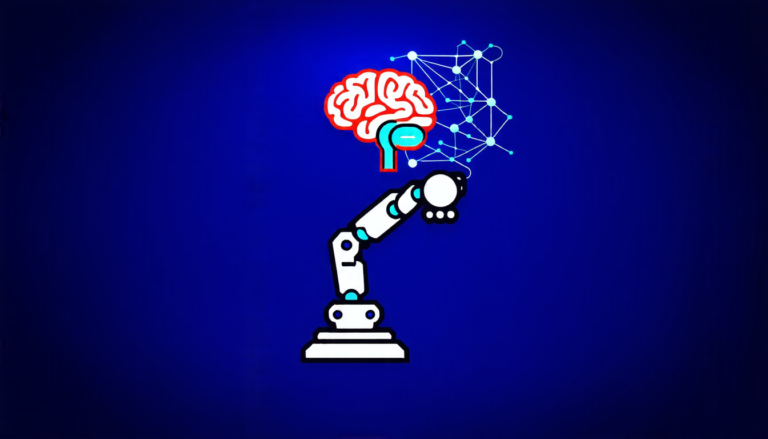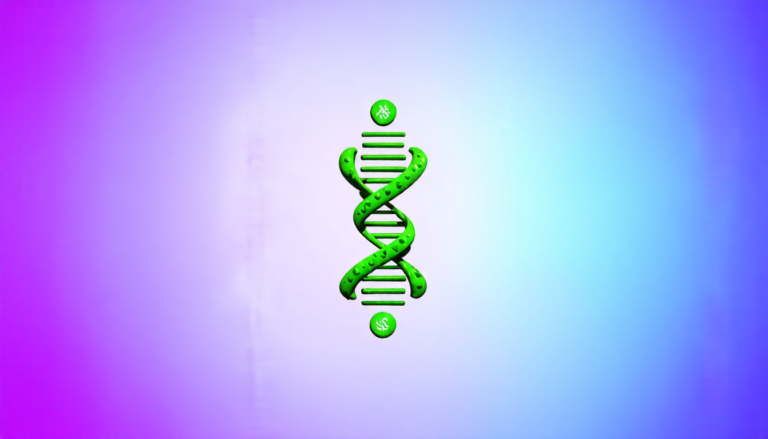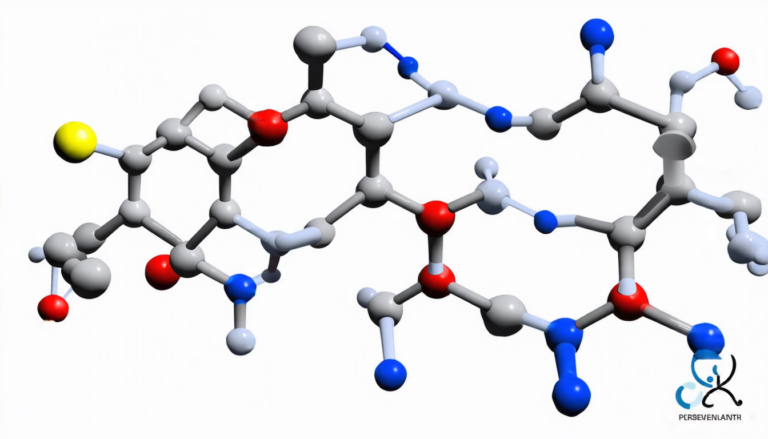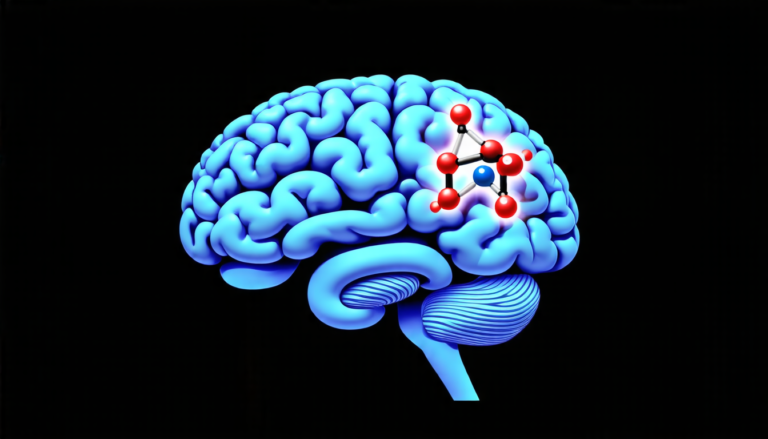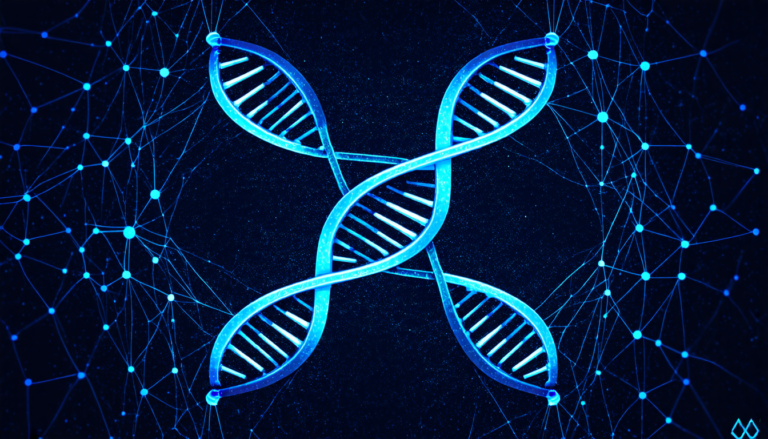Tuesday 24 June 2025
The study of small biomolecules has long been a challenge for scientists, as their complex structures and behaviors can be difficult to understand using traditional methods. However, recent advances in machine learning have opened up new possibilities for researchers, allowing them to predict the functionality of these molecules with greater accuracy.
One such approach is the use of Carbon 13 isotope NMR spectroscopy data derived from Simplified Molecular Input Line Entry System (SMILES) notations. This method has been shown to be effective in predicting dopamine D1 receptor antagonists, a class of compounds that are important in understanding neurological disorders.
However, the researchers behind this study did not stop there. They also applied their methodology to predicting Transthyretin (TTR) transcription activators, a type of molecule that plays a crucial role in human health and disease.
The team used a combination of machine learning algorithms and molecular features derived from PubChem database to predict the functionality of these molecules. They trained their model on a dataset of 25,532 samples and tested it on a separate set of 5,466 samples.
The results were impressive, with the model achieving an accuracy of 75.8% for predicting dopamine D1 receptor antagonists. For TTR transcription activators, the model achieved a hypothetical accuracy of 67.4%, although this was based on a smaller dataset and therefore requires further verification.
But what’s most exciting about this study is not just its technical achievements, but the potential implications it has for our understanding of human health and disease. By being able to predict the functionality of small biomolecules with greater accuracy, researchers may be able to develop new treatments for neurological disorders and other diseases.
One of the key challenges in developing new treatments is identifying molecules that have a specific function or activity. This can be time-consuming and expensive, as it often requires synthesizing large numbers of compounds and testing their effects.
Machine learning algorithms can help speed up this process by analyzing large datasets of molecular structures and predicting which ones are most likely to have a particular function. This could save researchers years of work and potentially lead to the development of new treatments more quickly.
The study’s authors also used a novel approach called the CID_ SID ML model, which uses PubChem IDs and SMILES notations to predict the functionality of molecules. This model achieved an accuracy of 81.5% for predicting TTR transcription activators, making it a promising tool for researchers in this field.
Cite this article: “Predicting Biomolecular Functionality with Machine Learning”, The Science Archive, 2025.
Machine Learning, Biomolecules, Nmr Spectroscopy, Smiles Notation, Pubchem Database, Molecular Features, Dopamine D1 Receptor Antagonists, Transthyretin Transcription Activators, Human Health, Disease Treatment


